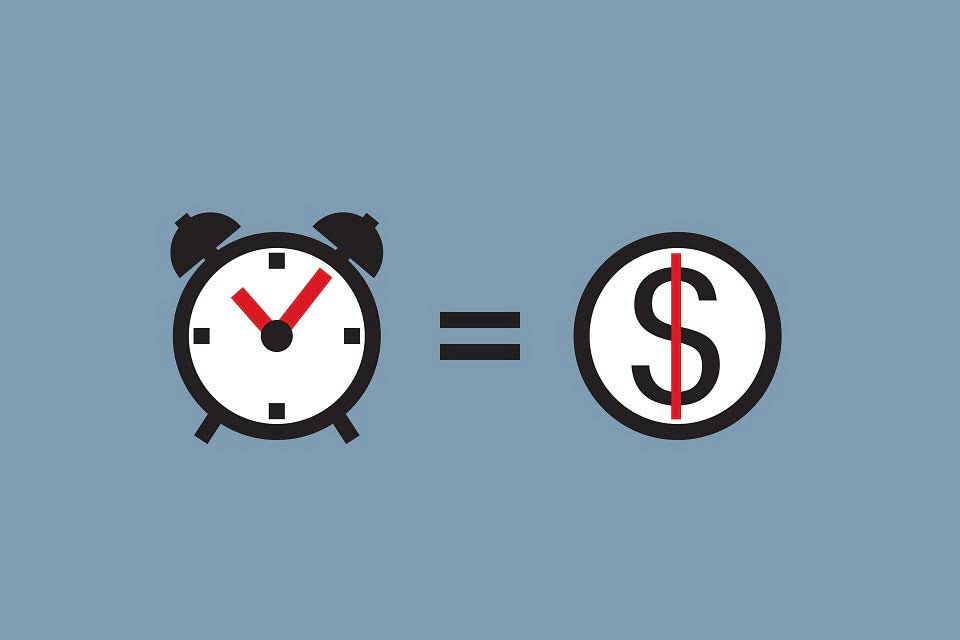
This method offers a comprehensive view of financial performance over time, capturing pending transactions, which is crucial for strategic planning. Cash basis accounting records revenue and expenses when actual payments are received or disbursed. It doesn’t account for either when the transactions that create them occur.
- In contrast, with the accrual method, payments are recorded when earned, giving the business a better sense of the company’s actual sales and profits.
- If the project’s time span is greater than one year, the company’s income statements will appear misleading as they show the company incurring large losses one year followed by great gains the next.
- Most businesses are required to follow GAAP, especially if they are publicly traded or seeking investment.
- Choosing between cash basis and accrual basis accounting often depends on the specific needs of the business, the scale of operation, and the legal requirements that apply to the particular entity.
- She holds a Masters Degree in Professional Accounting from the University of New South Wales.
How Each Method Records Transactions

Cash-basis accounting is also known as cash receipts and disbursements or the cash method of accounting. This system focuses on cash flow, with a particular emphasis on cash on hand. For newer or very small businesses, staying profitable is of great concern.

Cash accounting vs. accrual basis accounting: What’s the difference?
However, the accrual system may be better for complete accuracy regarding yearly revenue. If the company receives an electric bill for $1,700, under the cash method, the amount is not recorded cash basis accounting measures income based on until the company actually pays the bill. However, under the accrual method, the $1,700 is recorded as an expense the day the company receives the bill. Now that we know what cash basis accounting is, let’s consider a couple of examples to understand the accounting method better. Unlike other methods, when you use cash accounting you’re only taxed on income that you’ve received within the tax year. These limitations make cash basis accounting less suitable for businesses seeking a comprehensive understanding of their financial condition.
Fundamental Differences Between Cash and Accrual Accounting
The net income is calculated as the difference between the total revenue and the total expenses. Inventory is recorded as an QuickBooks ProAdvisor expense at purchase and does not match the timing of sales. That means in an inventory purchasing month, the income statement shows inventory as an expense. And if the inventory isn’t selling, it is not reflected anywhere on the financial statements. Whatever accounting method you choose for your small business, creating a balance sheet with accounting software can help you keep track of incoming and outgoing cash.
For example, they record a bill as an accounts payable at the time of the invoice, regardless of payment date. Businesses manage normal balance accounts receivable and payable to reflect true business performance. If lenders or investors are part of your financial structure, communicate the change to keep them informed since it impacts the financial statements they might review.
Income (whether it is received or not) is always matched to an expense (whether it is paid or not). If you sell $4,000 worth of hardware, under the cash method, that amount is not accounted for until the customer comes with cash in hand or a payment is made. The company is doing well but they have nothing to show for it when using the cash-based method. If AP far exceeds the cash on the books and your current revenue stream, this could mean trouble.

In accrual accounting, revenue and expenses are recognized and recorded when they happen, while cash-basis accounting only documents the line items when cash is received or paid out. It’s a snapshot of your business transactions and only focuses on payments that have actually happened. While recording transactions under the cash basis accounting method, businesses need to account for cash receipts and disbursements as such transactions occur. It does not account for accounts receivable and accounts payable, as the transactions are recorded when money is exchanged. First, its use is required for tax reporting when sales exceed $5 million. Also, a company’s financial statements can only be audited if they have been prepared using the accrual basis.